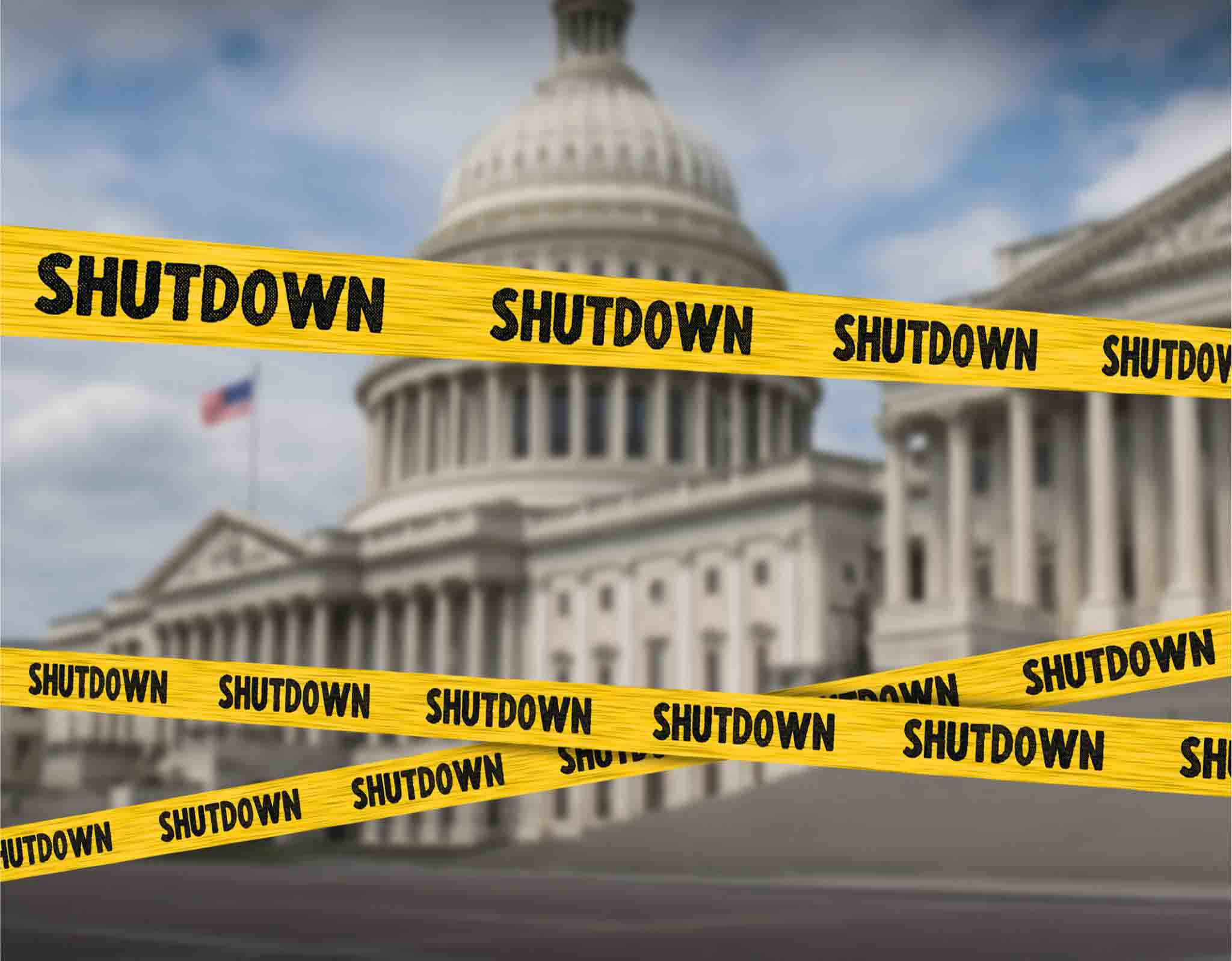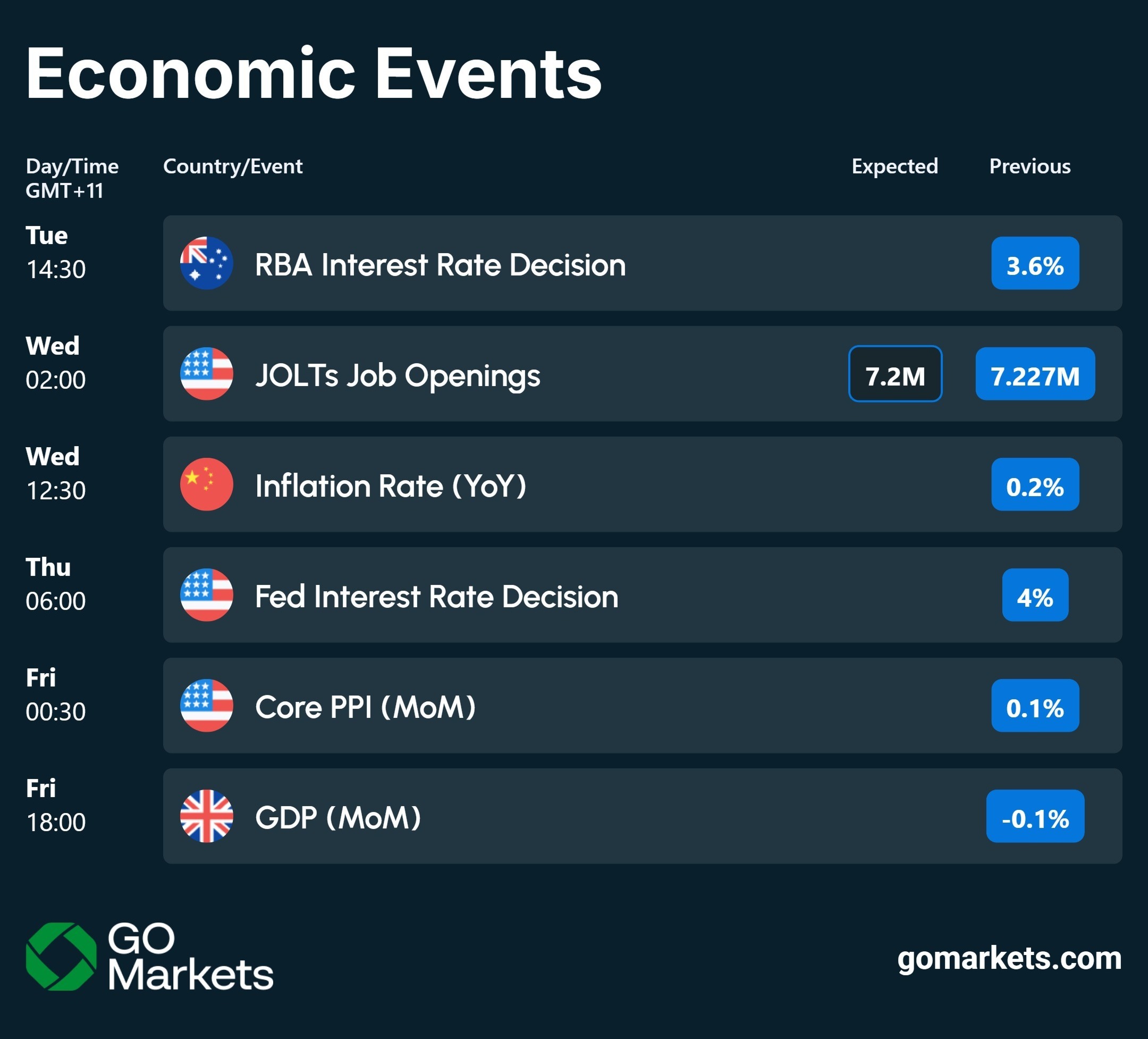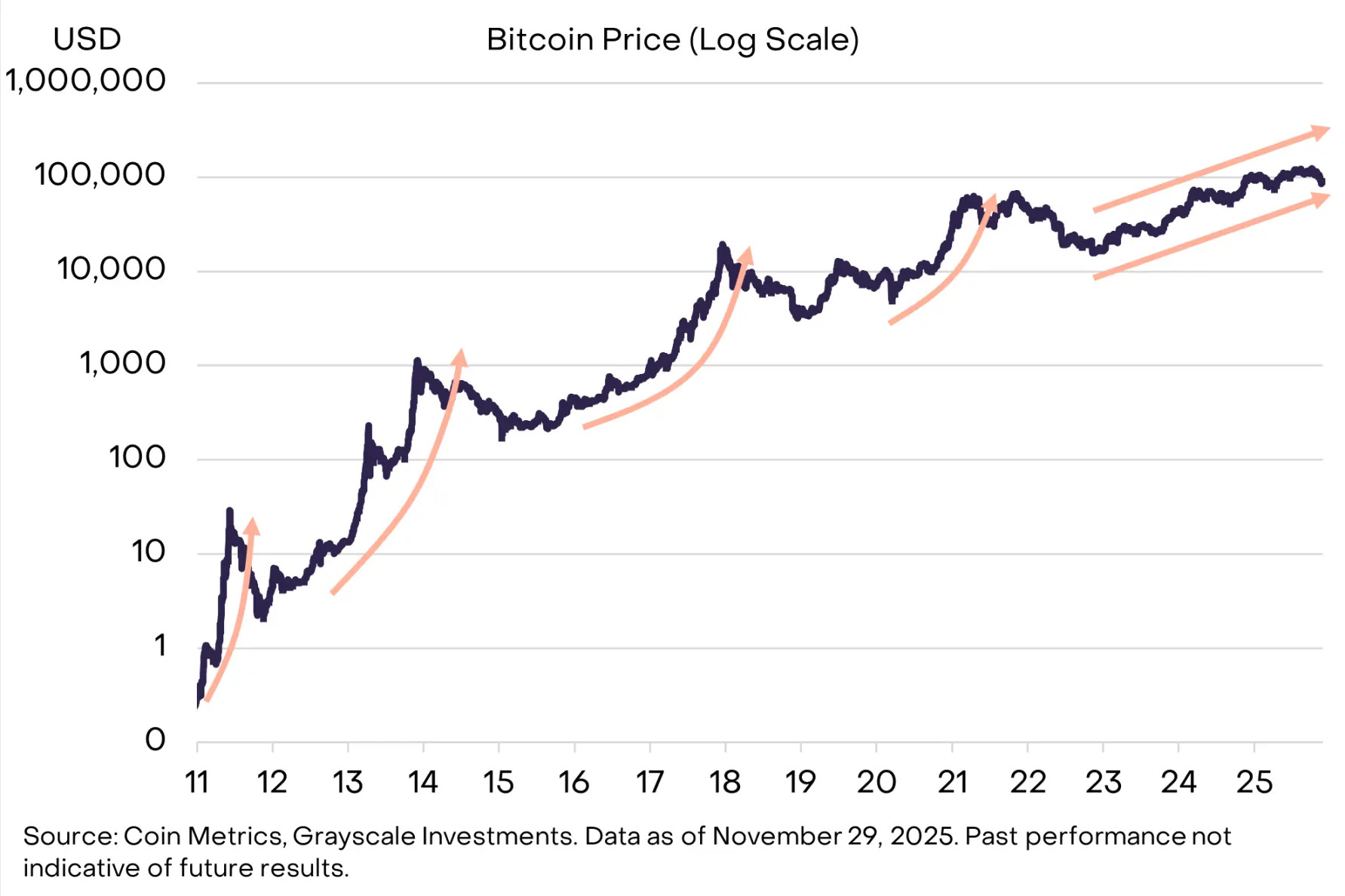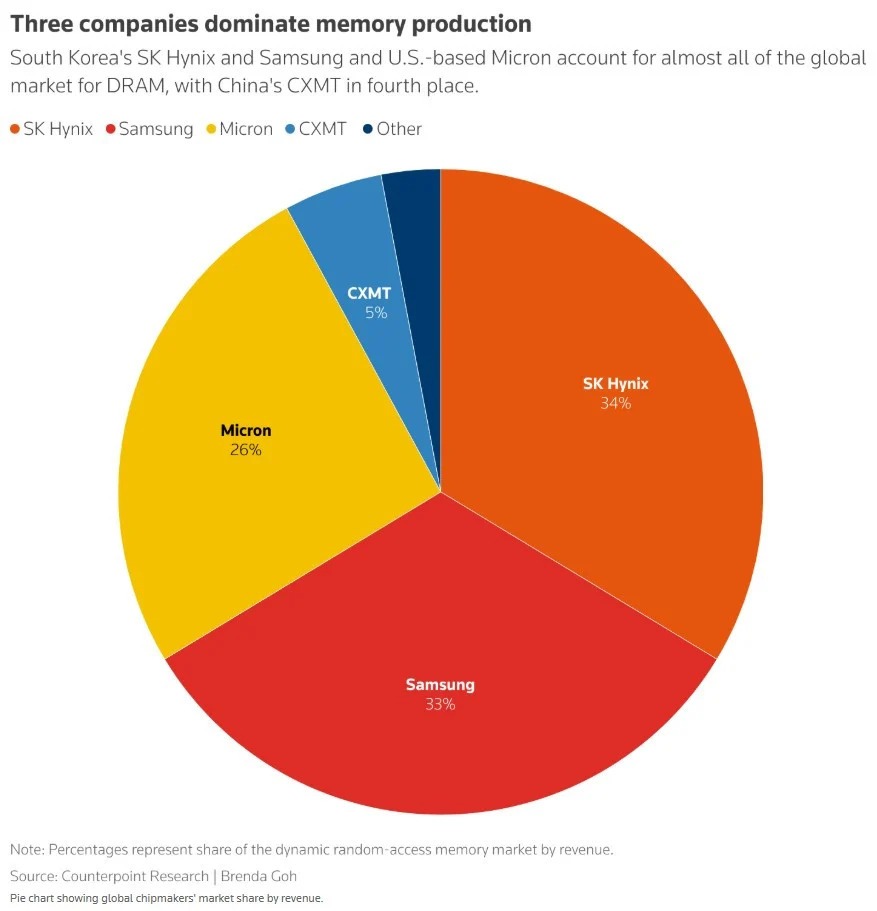The oil industry has remained pressurized by a supply glut and the ongoing uncertainty on the demand outlook with respect to the structural changes in the energy market and the pandemic. The recent vaccine updates and hopes that the pandemic may soon be under control, is providing support to a fundamentally battered energy market. As the year comes to an end, oil traders were eyeing OPEC and its allies’ commitments to production cuts for direction.
The 12 th OPEC and non-OPEC Ministerial Meeting was initially delayed as OPEC+ needed more time to reach a deal which kept the oil traders on edge. After tough negotiations, the meeting concluded on a positive note on Thursday: The Meeting reaffirmed the continued commitment of the participating countries to a stable market. The Meeting emphasized that it was vital that participants, and all major producers, remain fully committed to efforts aimed at balancing and stabilizing the market.
It noted that renewed lockdowns, due to more stringent COVID-19 containment measures, continue to impact the global economy and oil demand recovery, with prevailing uncertainties over the winter months. In light of the current oil market fundamentals and the outlook for 2021, the Meeting agreed to reconfirm the existing commitment from 12 April 2020, then amended in June and September 2020, to gradually return 2 mb/d, given consideration to market conditions. Beginning in January 2021, participating countries decided to voluntary adjust production by 0.5 mb/d from 7.7 mb/d to 7.2 mb/d.
OPEC and its allies expect stockpiles to fall in the first quarter by delaying the return on supply compared to the original plan. Crude oil prices firmed higher buoyed by the compromise deal despite this week’s bearish oil reports: The United States EIA Crude Oil Stocks Change registered at -0.679M above expectations (-2.358M) on November 27. API reported a much larger-than-expected inventory level of 4.146M.
As of writing, WTI Crude oil (Nymex) and Brent Crude (ICE) were trading at around $46.40 and $49.67 respectively and the US oil is poised to post its fifth weekly gain. The vaccine updates and OPEC deal have helped the crude oil prices to pare majority of the losses seen during COVID March lows. Source: GO MT4












.jpg)

.jpg)



